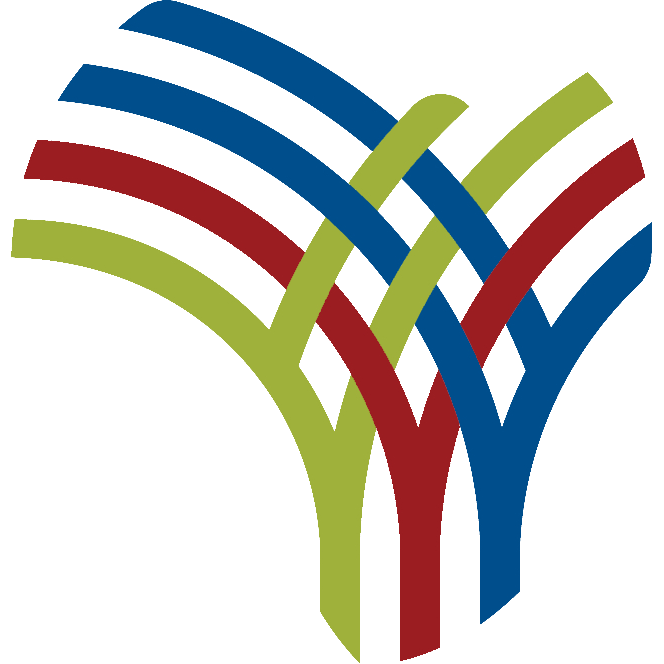Publishing children’s magazines is not as simple as it seems, for it considers several facts. As agreed by experts in the area, content appropriateness, educational values, giving due emphasis for design, language and reading level, for safety and compliance as well as incorporating interactive elements, is of critical importance.
Equally, parental approvals, diversity and inclusion, understanding developmental stages, market research are some of the considerations that should be taken into account. That is why most publishers prefer not to engage in the area.
In this regard, last Thursday, the Ethiopian Press Agency (EPA) organized an ‘Editor’s Forum’ to discuss the children’s magazine ‘Belatenat’, which is monthly published in Amharic language by the Agency in the Amharic language.
At the forum held at Agency’s hall, several issues concerning the ‘Belatenat’ Children’s Magazine was put for discussion.
Presenting his paper, Psychology Department Lecturer at Kotebe University of Education, Biruk Gebremariam, said media is an ecosystem that nurtures all the goods in the minds of children. However, publishing children’s magazines need careful consideration such as age group, content appropriateness, engaging colorful photos and illustrations, room for participation, and a strong focus on diversity and inclusion among other key aspects.
Appreciating the content of the magazine, Biruk also reflected his view that integrating activity-based content, visual representation and abstract elements will not only attract children to read but also allure them to spend more time in the magazine.
Children’s magazines should be attractive and not boring. By their nature, children enjoy reading short stories that are catchy, colorful and participatory. Likewise, giving more attention for children’s age is appropriate. If not, the contents will confuse children that are found in different age groups. In this regard, the ‘Belatenat’ Magazine is published considering these values and this is a good indication of how the EPA has given proper care in publishing it, the Expert added.
What is more, the Enemeramer (Let’s Examine) column that promotes children with a special interest for innovation and creativity has a significant role in shaping their future lives.
The issue of grammar and spelling is another crucial area highlighted by the presenter. Unlike magazines targeting adults, children’s magazines require proper attention to spelling and language accuracy. According to him, adults often have the skills to fill in the gaps when encountering misspelled words or grammatical mistakes, using context to infer meaning despite errors. This ability, however, is not well-developed in children. Exposure to incorrect grammar and spellings can lead to confusion and misconceptions about language rules.
As highlighted by the Expert, activity-based contents in the magazine contribute their share in areas of social, cognitive and emotional developments. Children have the potential to create something new. Whenever children are allowed to engage in such activity-based contents, they will tend to be successful in their future lives, developing the skills to resolve challenges in a systematic way. In this regard, the magazine published by the EPA has taken into consideration this fact.
Activities such as DIY (Do It Yourself) have significant roles in encouraging children to try something new by themselves, he added.
Moreover, children’s magazines incorporating pictures and icons are easier for readers to understand. This approach is even helpful for toddlers who may not yet fully developed reading skills, to grasp the message easily. This, as agreed by most child development psychologists, fosters early literacy by connecting images with concepts or stories.
Biruk also indicated the significance of ‘Yechi nat Hagere’ (This is my country) column in Belatenat magazine in helping children understand their culture and identity. Similarly, “Kejegnoch Mender” (‘From Heroes’ Village’) is a captivating section of the Belatenat designed to encourage children to expand their worldview. Through engaging storytelling and relative characters, this feature helps children to have role models by showcasing real-life heroes from diverse backgrounds and cultures. By highlighting their challenges they have gone through and achievements, children are encouraged to look beyond their immediate surroundings.
Biruk also commented the necessity of integrating diversity issues, and addressing stereotypes which are an age-old culture for job classification through the magazine. Children should challenge and break the boundaries of gender based job classification that assign certain activities to women. They should be encouraged to question and fight such stereotypes from an early age. He also emphasized the critical importance of including content that features children with special needs.
Lecturer at Addis Ababa University School of Journalism and Communication, Asst. Prof. Mekuriya Mekasha reflected his view from the point of journalism emphasizing on the content and design of the magazine.
According to him, Belatenat Children’s Magazine incorporates contents that is appropriate and meet the interests of children. Mainly, having a column that encourages children to ask questions parents or adults is interesting and at the same time encouraging. He also suggested the importance of promoting the magazine on social media platforms besides to publishing it.
Mekuriya also commented on the tendency of presenting contents to all children through a single outlet; while they are in varied age groups.
EPA CEO Mesafint Tefera stated, “Initially, the Agency had a plan to prepare three magazines, each tailored to different age groups of children. However, taking the situation into account, we have started with this.”
In the long run, the EPA will publish three magazines, each aimed at a specific age group of children, he reaffirmed.
Crédito: Link de origem


